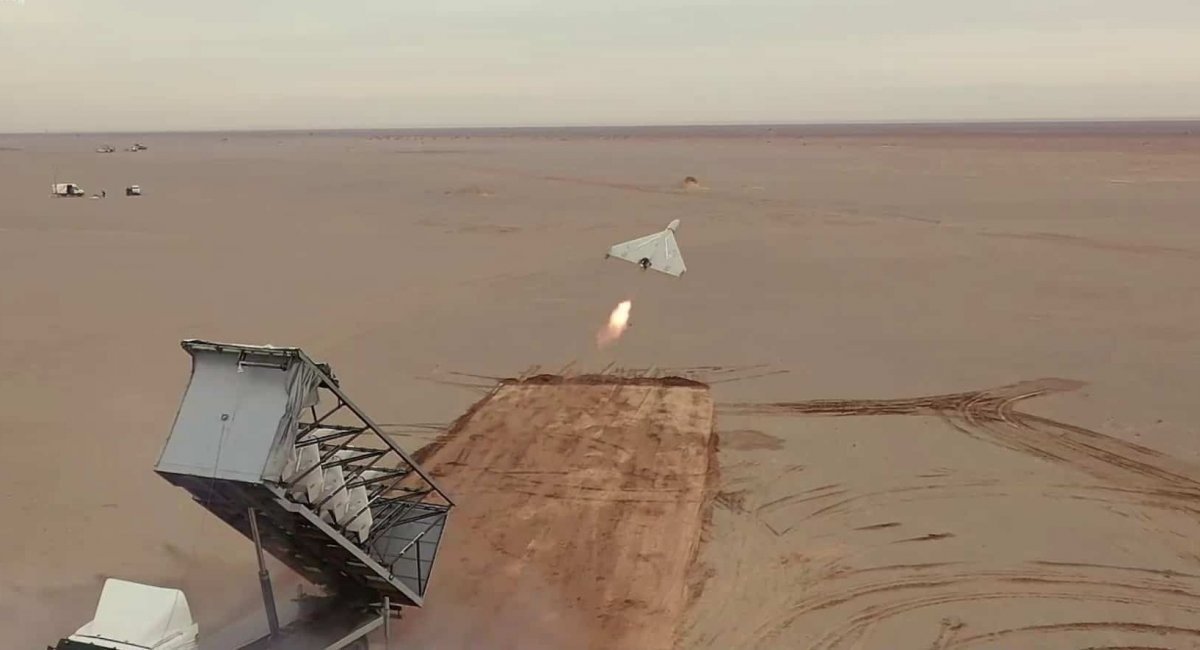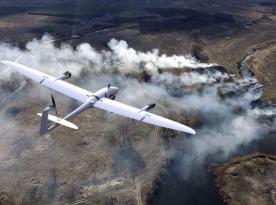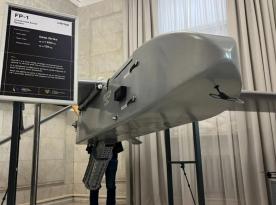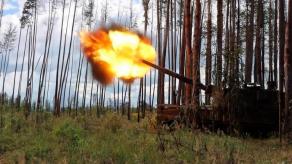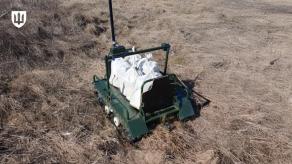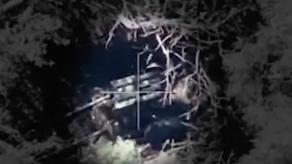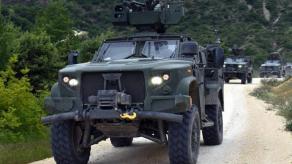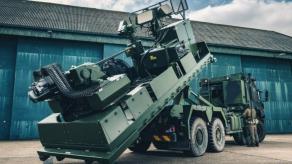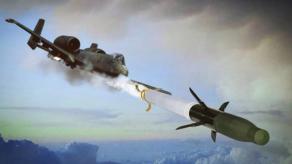The first "test run" of Iranian Shahed-136 kamikaze drones against energy infrastructure actually took place in 2019 in Saudi Arabia. In that case, a relatively small number of drones created an effect that American researchers later called "energy Pearl Harbor."
Several attacks disabled key oil industry facilities in Saudi Arabia for months, which, in turn, led to a spike in the price of "black gold" on the global market.
Read more: Shahed-136's New 90-kg Warhead and Other Findings of the Alabuga Data Leak
In 2019, three episodes of attacks on oil industry targets occurred, using the then-new Shahed-136 kamikaze drones.
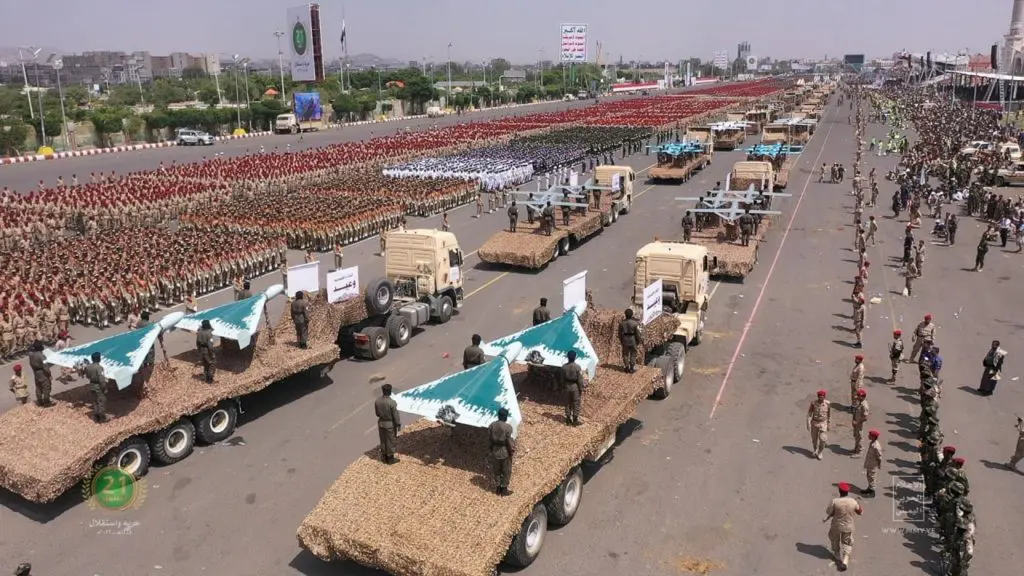
The first strike took place on May 14 of that year against elements of the Aramco pipeline in central Saudi Arabia. The next two strikes, using drones of this type, targeted oil refineries in the cities of Khurais and Abqaiq.
Public sources provide relatively sparse descriptions of these events: each strike involved several drones; the raids were unexpected for air defense systems, and the targets could not be detected during the approach; finally, the Shahed drones' hits on Saudi oil processing facilities appeared remarkably accurate and caused significant damage.
In other words, Iranian (or other) planners of such attacks managed to ensure that air defense systems could not detect aerial targets at early stages, when a strike could be preempted. Therefore, there is no publicly consolidated experience on the tactics used during the first Shahed drone attacks on Saudi Arabia's energy infrastructure back in 2019.
Looking retrospectively, it turns out that five years ago, the world could have seen that using a relatively small number of kamikaze drones could result in an effect described as an "energy Pearl Harbor." This, in theory, should have led to a rethinking of strike drones and countermeasures in modern conditions.
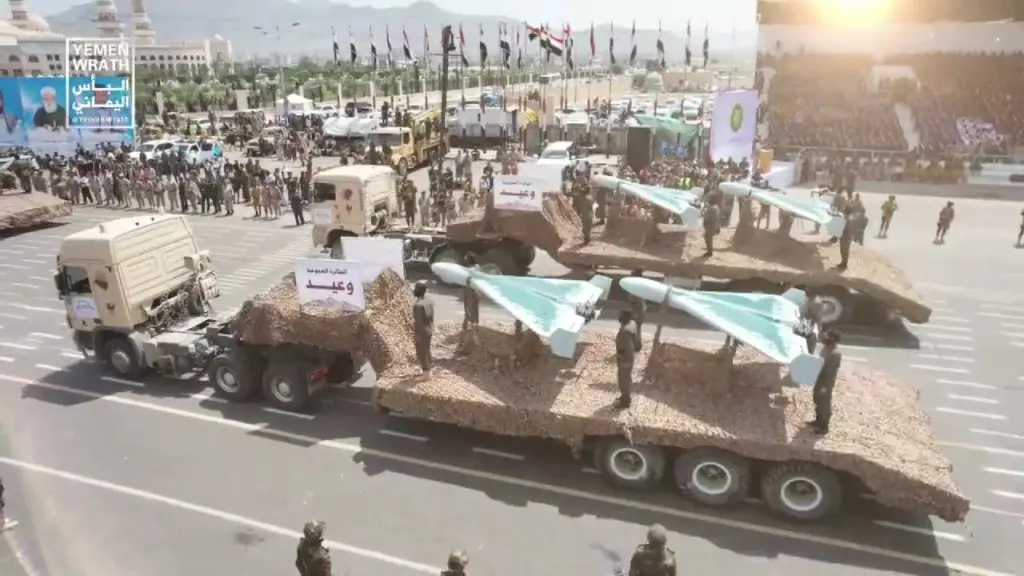
However, this did not happen because researchers at the time focused more on the political aspect. The question whether Iran should be blamed for conducting such attacks or if the responsibility lies with the Yemeni Houthis, who likely could not have obtained advanced Iranian kamikaze drones without Tehran's direct involvement, was not thoroughly addressed.
Thus, the first systematic collection of data on Shahed-136 occurred from the attacks by russian forces on Ukraine's energy infrastructure, starting in the fall of 2022. However, on the other hand, the information provided above at least allows for the assumption that the russians might have borrowed some "know-how" on using Shahed drones to target our infrastructure from their Iranian "colleagues," based on their experience with attacks on Saudi Arabia gathered several years ago.
Earlier Defense Express reported on how long Shahed drones can fly, circling over Ukraine to distract air defenses.
Read more: Ukrainian Air Defense Downs Shahed-136 Equipped with Modem and Camera, This Requires Attention




